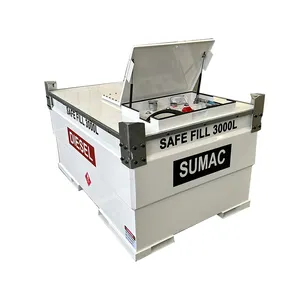
SUMAC New Style 3000L Clean Easily Depo Petrol Station Fuel Tanks Vertical Diesel Oil Storage Fuel Tank





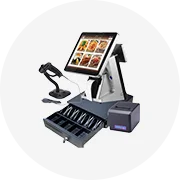
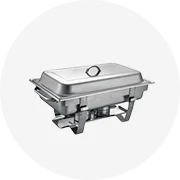
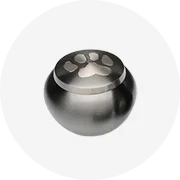
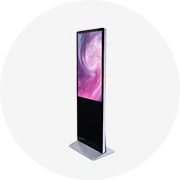

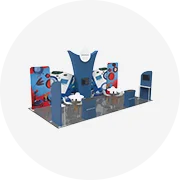
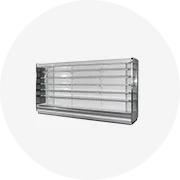
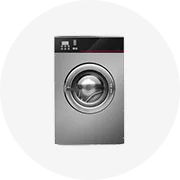
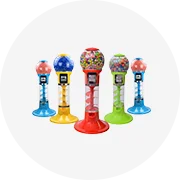
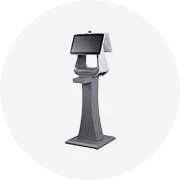
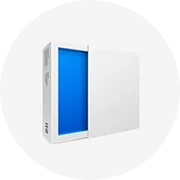

Design gas stations are specialized facilities that cater to the refueling needs of vehicles, integrating functionality with aesthetic appeal. These structures are not merely fuel dispensing points but are designed to enhance the customer experience through their innovative architecture gas station layouts and features. The concept of a modern gas station design goes beyond the traditional setup to incorporate advanced materials and technologies, reflecting the changing landscape of urban design and consumer expectations.
The variety in gasoline station design is vast, ranging from mini gas station designs suitable for small communities to expansive modern filling station designs that serve as comprehensive service centers. Each petrol station design is tailored to fit its intended size and environmental conditions, ensuring that it meets the specific needs of its location. These stations are not only pivotal for refueling but also serve as retail hubs, often including convenience stores and car wash facilities.
In constructing a design of petrol station, the choice of materials and features is critical. The use of durable materials like galvanized steel ensures longevity and resistance to environmental factors. The gas station canopy construction is a notable feature, designed to provide shelter and visibility. Roofs and walls may be made from single-layer corrugated steel sheets or insulated sandwich panels, which are excellent for thermal and acoustic insulation. Windows typically utilize materials such as PVC or aluminum alloy, offering durability and ease of maintenance.
The advantages of a modern petrol station design are manifold. These designs often incorporate natural ventilation systems, efficient air supply, and water management systems like gutters and downpipes for rainwater collection. The strategic gas station layouts optimize the flow of vehicles and customers, enhancing safety and operational efficiency. Additionally, the aesthetic aspect of petrol pump decoration can significantly improve the overall appeal of the station, potentially attracting more customers.
Innovation in fuel station design is not limited to functionality. The gas station interior design plays a crucial role in creating a welcoming environment for customers. From lighting to layout, every element is designed to provide a pleasant experience. The exterior, including the gas station canopy design and fuel station canopy design, is often the first point of contact with customers, making a lasting impression and reinforcing brand identity.
The evolution of filling station design reflects a blend of practicality and innovation. As the industry moves forward, the role of the gas station architect becomes increasingly significant in creating spaces that meet modern demands while providing sustainable solutions. The design of gas stations is not just about aesthetics; it's about creating a harmonious balance between functionality, environmental responsibility, and customer satisfaction.